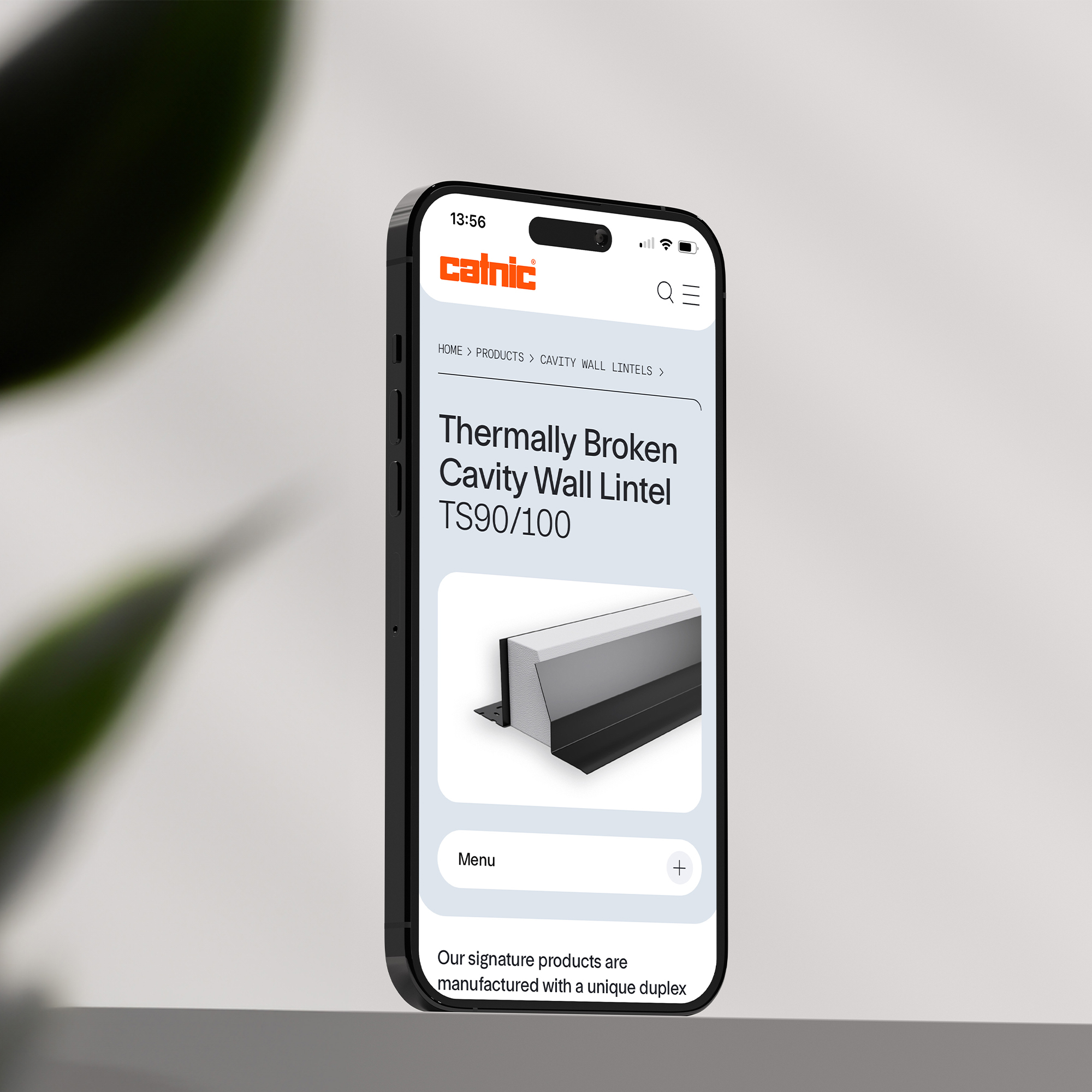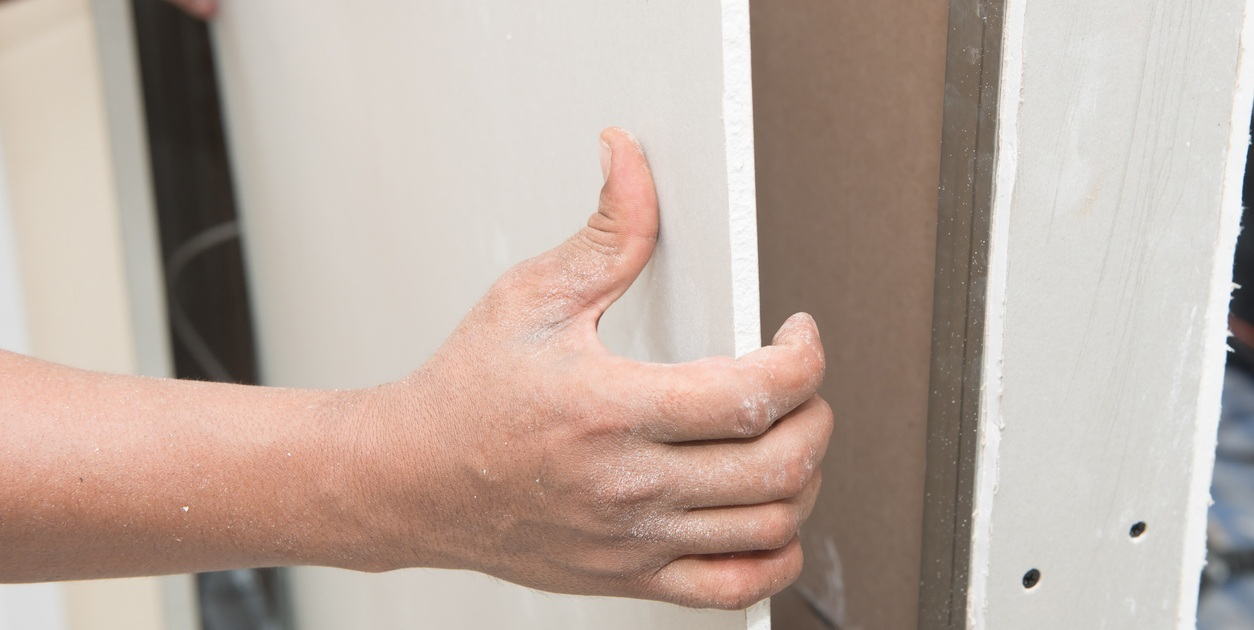The use of lintels stretches back centuries, with these building elements providing vital support for a wide variety of building and structural openings. Although sometimes fitted for decorative purposes, their primary use has remained the support of masonry loads..
While this still applies, Catnic’s thermally broken lintel range represents the biggest innovation in steel lintel design for cavity wall construction in a generation.
The product of extensive research and rigorous testing, Catnic’s thermally broken lintels are proven to effectively minimise heat through the building envelope to suit the requirements of Part L of the Building Regulations. This makes for an outstanding thermal performance of 0.05 W/mK or less. Catnic’s steel thermally broken lintels are available in the widest range of cavity wall dimensions and structural loading capabilities of any manufacturer currently on the market today.
If you’ve ever asked ‘What does thermally broken mean?’ or wondered how these lintels can make such a difference, read on.
What is a thermally broken lintel?

Pictured: TH110/100 Heavy Duty Steel Lintel
Traditional steel lintels are known to conduct heat from the outside to the inside of a building when used in cavity wall construction. This is because they are made from a folded section of steel designed to support the inner and outer leaves of masonry. This results in thermal bridging, which causes heat loss at junctions that can account for around 30% of the total heat loss from the building.
However, the issue has been overcome in the design of Catnic’s thermally broken steel lintels, with a break between the steel inner and outer leaves for significantly reduced heat transfer.
This break is achieved through the adhesive bonding of two powder-coated galvanised steel components between an expanded polystyrene (EPS) insulation core. This separation means that Catnic is the only steel lintel manufacturer able to offer thermally efficient lintels without connecting brackets between the inner and outer leaves.
What are the advantages of thermally broken lintels?
The Building Research Establishment has confirmed that Catnic’s thermally broken lintels deliver thermal transmittance psi values of 0.02 to 0.05 W/mK.
To put this into perspective, the replacement of a traditional window lintel with a Catnic thermally broken lintel can reduce the level of heat loss from the window head detail by up to 96%.
Other benefits of Catnic’s thermally broken lintel installations include:
- Improved building energy efficiency ( reduced heating costs)
- Most cost effective solution to ensure compliance with Part L of the Building Regulations
How easy is it to fit a thermally broken lintel?
Catnic’s patented thermally broken lintels are designed for easy installation and retrofitting across a range of residential, commercial, and industrial buildings. Catnic’s thermally broken lintel range has been designed to provide the same stable installation benefits as a traditional cavity wall lintel. Discover how to correctly install a thermally broken lintel into a cavity wall, here.
Ready to order?
Just to recap, you have the opportunity to optimise energy efficiencies and comply with Part L of the Building Regulations. In the words of customer George Sowerby: you’re bound to find these thermally-performance-boosting lintels “well-made”, “easy to work with”, and “durable”. They can also make a difference in compliance with the increasingly stringent energy efficiency standards.
Request your thermally broken lintel schedule today.
More
-
![]()
- Plaster Bead & Mesh
- Guide
How to Fix an Angle Bead to Plasterboard
-
![]()
- Lintels
- Guide
Why thermally broken lintels are a game changer


